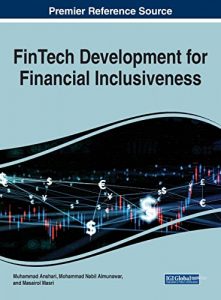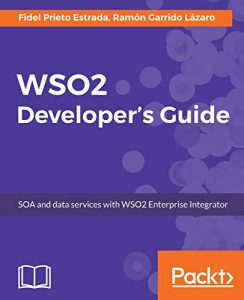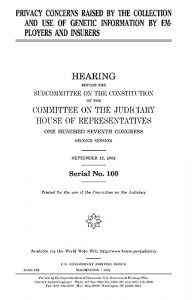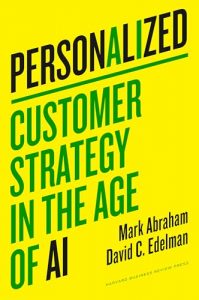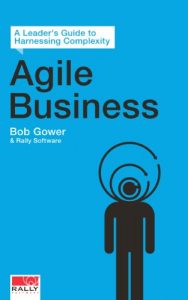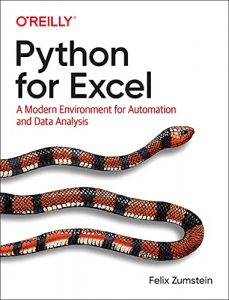1. Measuring and Controlling Interest Rate and Credit Risk
This comprehensive guide authored by Frank J. Fabozzi, Steven V. Mann, and Moorad Choudhry serves as a critical resource for anyone looking to navigate the complexities of interest rate and credit risk management. The insights shared in this book are not just theoretical; they offer practical approaches that can be applied in real-world scenarios. The detailed examination of risk measurement techniques ensures readers gain a thorough understanding of the subject matter. With its publication date back in 2003, it still holds significance in today’s financial climate, making it a timeless addition to your library.

2. Credit Derivatives: A Primer on Credit Risk, Modeling, and Instruments
Authored by Chacko George, Sjoman Anders, Motohashi Hideto, and Vincent Dessain, this compelling introduction to credit derivatives sheds light on modeling and instruments related to credit risk. Recognized for its clarity in tackling sophisticated concepts, this primer is perfect for finance professionals seeking to enhance their understanding of credit derivatives. The book provides practical examples and emphasizes the importance of credit risk management in the banking and finance sector, making it a must-read for both students and practitioners alike.

3. Rating Based Modeling of Credit Risk: Theory and Application of Migration Matrices
Written by Stefan Trueck and Svetlozar Rachev, this academic text delves deep into the mechanisms of credit risk through migration matrices. The book offers theoretical perspectives along with practical applications, allowing readers to comprehend how credit rating transitions can be modeled effectively. It presents both the mathematical foundations and actionable insights that can aid credit risk analysts and financial modelers. If you are serious about advancing your knowledge of credit risk, this book is indispensable.

4. Credit Derivatives: Trading, Investing, and Risk Management
In this book, Geoff Chaplin explores various dimensions of credit derivatives, focusing on trading, investment strategies, and risk management techniques. This extensive examination equips readers with a comprehensive understanding of how credit derivatives function within financial markets. With its practical insights and detailed case studies, this resource is invaluable for practitioners who wish to refine their investment decisions and enhance their risk management process. Whether you are a novice or an expert, this book is sure to enrich your knowledge.

5. Credit Analysis
Walter S. Foster presents an in-depth view on credit analysis, indispensable for those working in finance and investment sectors. This book outlines fundamental concepts and methodologies in credit analysis, emphasizing both qualitative and quantitative assessments. Foster’s expert insights guide readers through the complexities of evaluating creditworthiness, thus equipping them with vital skills necessary for financial decision-making. This detailed guide is particularly useful for analysts and investors who want to hone their assessment skills.

6. Financial Risk Management: A Practitioner’s Guide to Managing Market and Credit Risk
Steven Allen provides an engaging and informative perspective on financial risk management with this practitioner’s guide. Incorporating real-world examples and cases, the book demystifies complex theories surrounding market and credit risks, translating them into understandable concepts. Allen’s expert guidance empowers readers to make informed decisions and apply risk management techniques effectively in their financial practices. If you’re looking to understand how to manage financial risks in a practical way, this is the book for you.

7. Counterparty Credit Risk: The New Challenge for Global Financial Markets
Jon Gregory takes a critical look at counterparty credit risk, an area increasingly relevant in modern finance. This book addresses the necessary tools and techniques to effectively manage this risk amid the complexities of global financial markets. Gregory provides a thorough examination blending theory with practical advice, an essential read for risk managers and financial analysts. The comprehensive approach equips readers with knowledge to navigate and mitigate risks inherent in today’s interconnected markets.

8. Credit Risk Management in the Automotive Industry
Offered by Alexander Hener, this niche book focuses on credit risk management specifically within the automotive industry — a unique and informative angle that distinguishes it from general credit risk literature. It explores loan and lease securitizations as integral solutions to managing risk effectively in this sector. Hener’s insights are invaluable for professionals in the automotive finance niche, providing practical strategies that can lead to safer financing arrangements.

9. Credit Default Swaps: Mechanics and Empirical Evidence
Christopher L. Culp, Andria van der Merwe, and Bettina J. Stärkle explore the intricate world of credit default swaps (CDS) in this comprehensive book. The authors present a thorough investigation into the mechanics, empirical evidence on benefits and costs, and the inter-market relations of CDS. This text is a prominent asset for anyone keen on understanding the role of CDS in the financial landscape, providing both theoretical frameworks and empirical analysis.

10. Quantitative Analysis, Derivatives Modeling, And Trading Strategies
Authored by Yi Tang and Bin Li, this book examines quantitative analysis in the presence of counterparty credit risk specifically for the fixed-income market. The authors combine complex modeling with trading strategies, making it an essential resource for quantitative finance professionals. This in-depth perspective equips readers with the methodologies necessary to effectively model risk and apply it to trading decisions. If you’re venturing into quantitative analysis, this book will provide the tools to succeed.















